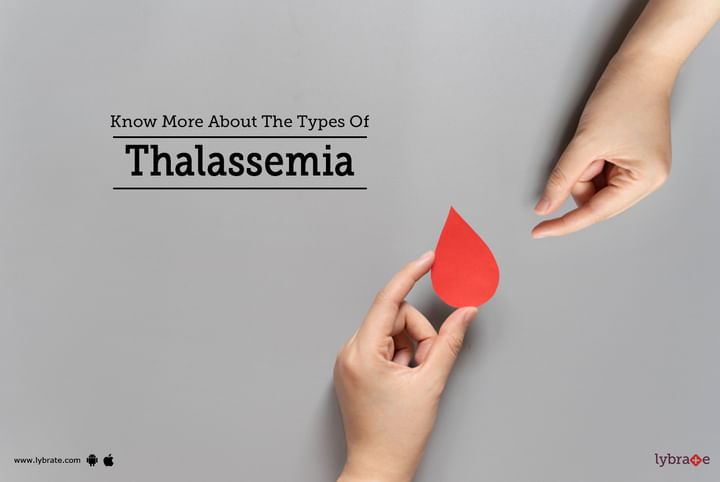Know More About The Types Of Thalassemia
Thalassemia is a blood disorder that is handed down through the generations from parents to children. Patients with thalassemia cannot manufacture enough hemoglobin, resulting in severe anemia. Hemoglobin is a protein found in red blood cells that helps the body transfer oxygen. Oxygen cannot reach all parts of the body if red blood cells do not contain enough hemoglobin. As a result, organs become oxygen-depleted and unable to operate properly.
A mutation or aberration in one of the genes responsible for hemoglobin production causes thalassemia. This genetic defect is handed on to you from your parents.
If just one parent has thalassemia, the kid may be born with thalassemia minor, which is a mild form of the condition. Despite the fact that the new infant will most likely show no symptoms, he or she will be a disease carrier. Mild symptoms are experienced by some patients with thalassemia minor.
Types Of Thalassemia Disease
1. Alpha Thalassemia disease
The illness Alpha Thalassemia is divided into two categories. Alpha Thalassemia Major is a life-threatening condition that causes severe anemia even before birth. Pregnant mothers who are carrying afflicted fetuses face substantial pregnancy and delivery problems.
Hemoglobin H illness is another kind of Alpha Thalassemia. Hemoglobin H deficiency can lead to bone problems. It's possible that your cheekbones, forehead, and jaw will all grow out of shape. Jaundice, or yellowing of the skin or the whites of the eyes, is a symptom of hemoglobin H illness, as is an excessively enlarged spleen.
Thalassemia with hydrops fetalis is a severe variant of the disease. It happens before a child is born. The majority of people born with this syndrome die soon after birth.
2. Beta Thalassemia disease
Beta Thalassemia Major is a fatal blood disorder. The two most serious types of beta-thalassemia are thalassemia major, sometimes known as Cooley's anemia, and thalassemia intermedia. Symptoms such as pale complexion, a lack of appetite, irritability, and incapacity to develop appear in the first two years of life. The severe anemia that this sickness causes can be lethal. The following are some of the additional signs:
- Frequent infections
- A poor appetite
- Fussiness
- Paleness
- Enlarged organs
- Failure to thrive
- Jaundice



+1.svg)
